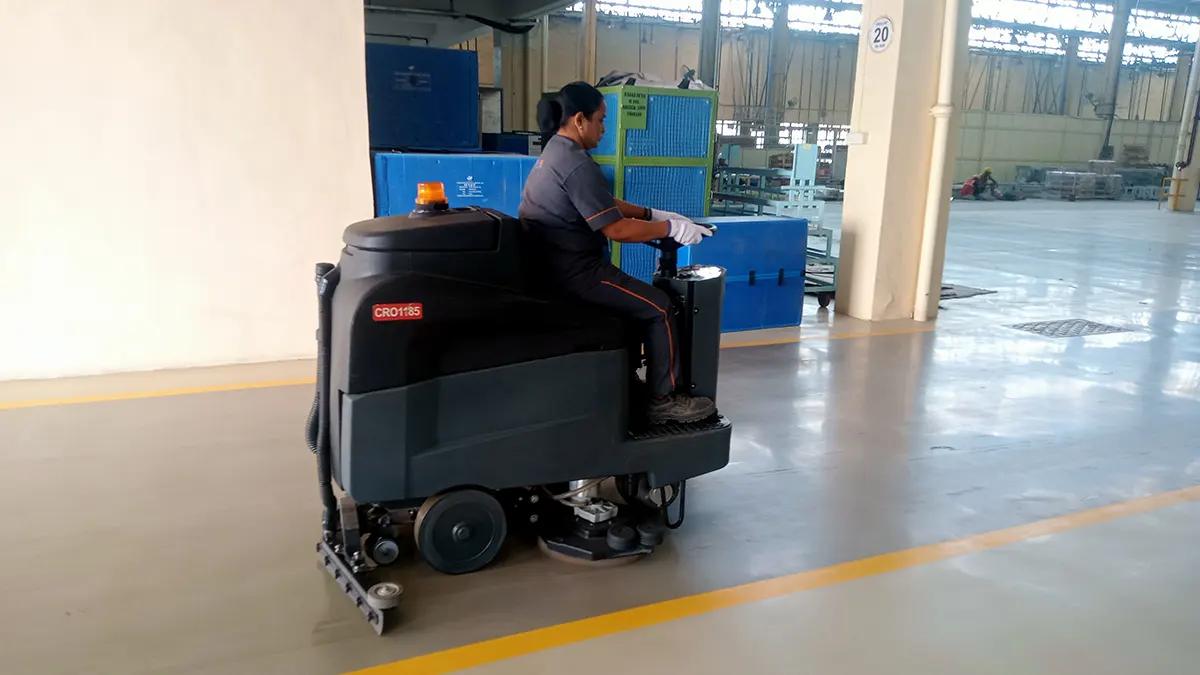Facilities management is crucial in maintaining the efficiency, safety, and functionality of buildings, facilities and infrastructure. Traditionally, this field has relied on manual processes and labour-intensive tasks, leading to potential inefficiencies and increased costs. However, with the advent of automation technologies, facilities management is undergoing a significant transformation. These innovative solutions are streamlining operations, enhancing sustainability, and improving overall performance. In this blog, we will explore the various automation technologies that are revolutionizing facilities management.

1. Internet of Things (IoT) and Smart Building Solutions
The Internet of Things (IoT) is at the forefront of the facilities management revolution. IoT involves connecting everyday devices, sensors, and systems via the Internet, allowing them to communicate and exchange data. In a smart building context, this means integrating various components such as lighting, HVAC systems, security cameras, occupancy sensors, and more. These interconnected devices can monitor and collect real-time data on energy consumption, temperature, occupancy levels, and maintenance needs.
By leveraging IoT and smart building solutions, facility managers can optimize energy usage, reduce operational costs, and enhance occupant comfort. For instance, sensors can automatically adjust lighting and HVAC systems based on occupancy, saving energy when areas are unoccupied. Predictive maintenance powered by IoT data helps identify potential issues before they become major problems, avoiding costly breakdowns and downtime.
2. Building Energy Management Systems (BEMS)
Building Energy Management Systems (BEMS) are automated platforms designed to monitor, control, and optimize energy usage in buildings. BEMS integrates with various systems, including lighting, heating, ventilation, and air conditioning, to provide comprehensive energy management solutions. By analysing energy data, BEMS can identify areas of inefficiency and suggest strategies for improvement.
BEMS empowers facility managers to implement energy-saving initiatives, monitor performance, and track progress toward sustainability goals. This technology not only reduces operational expenses but also contributes to a greener environment, making it a win-win solution for facilities management.
3. Artificial Intelligence (AI) and Machine Learning (ML)
Artificial Intelligence and Machine Learning have brought predictive analytics and automation to facilities management. By analysing historical data, AI algorithms can forecast maintenance needs, equipment failures, and resource demands. This enables proactive planning and scheduling, reducing reactive maintenance and minimizing unplanned downtime.
AI-powered chatbots and virtual assistants also assist facility occupants by addressing queries, managing service requests, and providing relevant information. These technologies enhance customer satisfaction and optimize service delivery.
4. Robotics and Drones
Robotic technology is transforming the way facilities are maintained and inspected. Cleaning robots are being deployed as a part of mechanised housekeeping in large industrial facilities and commercial spaces, ensuring consistent and efficient cleaning routines. These robots can cover large areas without human intervention, saving time and labour costs.
Drones are becoming essential for inspecting large structures, such as bridges and rooftops. They can reach difficult-to-access areas and capture high-resolution images and videos for assessment. By using drones for inspections, facilities managers can identify issues early, prioritize maintenance tasks, and improve safety protocols.
5. Asset Tracking and Management
Automated asset tracking systems leverage technologies like RFID tags and Bluetooth beacons to monitor the location and status of equipment and inventory. This helps prevent loss or theft of valuable assets and ensures that maintenance schedules are adhered to.
Asset management platforms streamline the process of tracking and maintaining equipment, reducing the risk of operational disruptions and increasing overall efficiency.
The integration of automation technologies into facilities management is revolutionizing the industry. IoT and smart building solutions optimize resource utilization and improve occupant comfort. BEMS enables data-driven decisions for energy management, fostering sustainability. AI and ML facilitate predictive maintenance and enhance customer service. Robotics and drones perform labour-intensive tasks, saving time and reducing costs. Asset tracking and management solutions improve operational efficiency and asset security.
Embracing automation technologies not only improves the efficiency and effectiveness of facilities management but also contributes to a more sustainable and comfortable built environment. As these technologies continue to advance, we can expect facilities management to evolve further, making buildings smarter, greener, and more responsive to the needs of their occupants.
Also Read: https://ffservices.co.in/blog/digitization-and-automation.php
